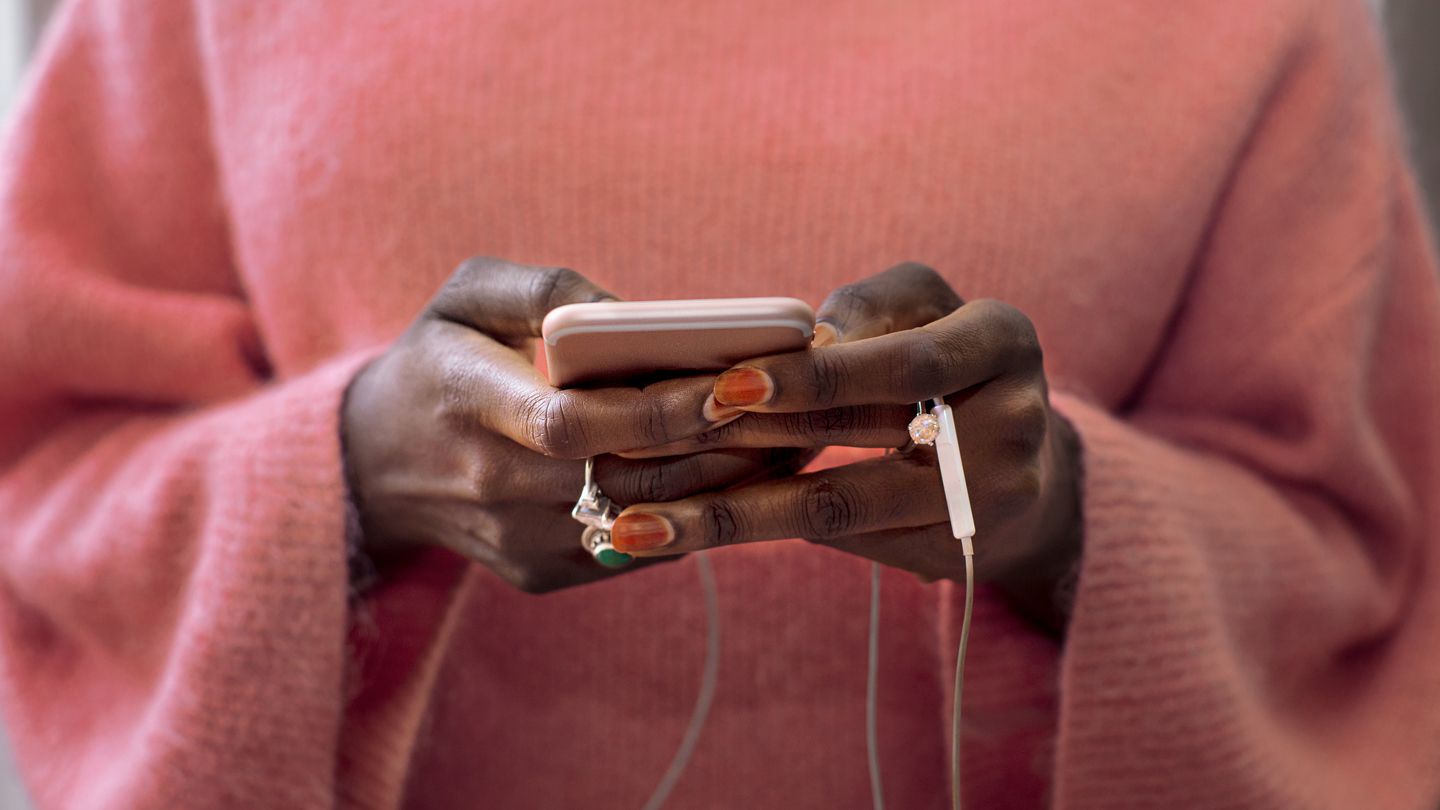And for people who’ve been diagnosed with afib and are managing the condition, research shows that these apps can help them take a more active role in afib management, such as by setting reminders to take medication, tracking diet and exercise patterns, and monitoring the effectiveness of their treatment plan. While there are some possible downsides to using apps to track afib (it can lead to obsessive symptom monitoring or increased anxiety in some people, for instance), they can potentially help improve afib detection and management. Here are five that can help you and your doctor better manage your heart condition.
1. Qaly
Want to determine your heart rate quickly? This app can take an ECG/EKG in as little as 30 seconds using any wearable smart device that can measure your heart rate. These include the Apple Watch, Samsung Galaxy Watch, Fitbit, Withings Scanwatch, and KardiaMobile. For example, the Apple Watch contains optical heart sensors that measure your heart rate using photoplethysmography (PPG), a noninvasive, uncomplicated, and inexpensive optical measurement technology that uses a light source and a photodetector at the surface of skin to measure variations in blood circulation.
After taking the reading, you can open the ReadMyECG app on your smartphone and view your ECG/EKG analysis. Then, click “Submit For Review.” A team of trained cardiographic technicians will then analyze your ECG/EKG anytime, anywhere. The technicians respond via the app’s messaging tool to notify you of any abnormalities in your heart rhythm and whether you should visit a doctor.
“On Qaly, trained ECG technicians read every ECG you submit. If you want to learn what your ECG may be telling you, this is the place to start,” says Marco Perez, MD, cardiac electrophysiologist and cofounder of ReadMyECG.
2. Kardia
AliveCor, Inc. combines the use of a heart-monitoring device with their mobile app, Kardia, to conveniently provide you with medical-grade EKGs 24/7. Instead of using PPG technology to monitor irregular heart rhythms, you purchase a personal EKG monitoring device that you can attach to the back of your smartphone and carry with you wherever you go. Then, when it’s time to check your heart rhythm, simply place your fingers on the sensor pads to get an accurate reading of your heart rate within seconds.
Kardia uses EKG instead of PPG, which puts it in a different class of device, says Charles Rouse, MD, a cardiac electrophysiologist with St. Vincent’s Medical Center in Bridgeport, Connecticut. “It’s also FDA-cleared. I routinely recommend Kardia … to patients due to the EKG functionality,” he says.
If you don’t want to carry around the portable monitoring device and have an Apple Watch band, you can sync Kardia with your smartwatch to monitor your heart rhythm instead since the Apple Watch contains the required sensors for delivering EKGs.
The app is available and free to download on the App Store and Google Play. However, you’ll need to pay a subscription fee of $11.99 per month or $99 per year. The EKG monitoring device is available on Amazon for $79.
3. Qardio Heart Health
Qardio provides vital stats regarding your heart health. The app automatically detects and records irregular heartbeats so you can keep your healthcare provider updated with your heart rhythms. Before tracking, you’ll have to purchase Qardio’s smart wearable ECG/EKG monitor that uses Bluetooth to track your heart rhythms.
The wearable device is a chest strap that’s available for purchase on Qardio’s website and comes with a one-year warranty and 60-day money-back guarantee. In addition, Qardio works seamlessly with several popular smart devices to track all your vitals in one place. These include the Apple Watch, iPhone, and iPad. Plus, Qardio enables you to conveniently email your health stats to your doctor, who’s best suited to manage your afib.
You can download the app free from the App Store, but you’ll need a paid subscription to the Qardio+ health-monitoring system to access additional features, such as detailed health reports, medication tracking, and customer support. The cost for Qardio+ is $9.99 per month or $99.99 per year.
4. FibriCheck
FibriCheck is a medically-certified, FDA-cleared app that you can use to quickly and easily measure your heart rate. All you do is place your finger over the camera on your smartphone and let PPG do its work. Alternatively, you can use your smartwatch’s optical sensors. After 60 seconds, you’ll have an accurate reading of your heart’s rhythm.
“A bright light is used to illuminate the blood under the skin and a camera detects small changes that occur with each heartbeat. It’s the same information you would get by checking your pulse with your finger at the wrist or neck,” explains Rouse. “After recording the heart rate for a period of time, an algorithm is used to determine whether the rhythm is regular or irregular. An irregular rhythm can be a sign of atrial fibrillation.”
The app is free to download on Google Play and the App Store, but you’ll need to sign up for a monthly subscription after a three-day free trial. Also, FibriCheck can currently only be used in the United States with a prescription from a licensed healthcare practitioner.
5. AFib Manager
Afib Manager is currently only available to Apple users. This free tool works by integrating with Apple’s Health app on an iPhone or Apple Watch to monitor your heart rate data. Moreover, the app will send your data directly to your doctor. You can also choose which information gets sent, giving you total privacy control over your health stats.
Ultimately, it’s important to remember that these tools should only be used to support doctor-prescribed methods of management and care, not substitute medical advice.
“These apps shouldn’t be used for patients who think they have afib symptoms but haven’t been formally diagnosed,” Rouse says. “Given the limitations in the accuracy of the PPG method and the high consequences of a missed afib diagnosis, these patients should see their doctor for more sophisticated testing.”
Rouse adds that these apps are still a convenient method for tracking afib episodes since they can give you a better understanding and control over your heart condition. However, before using an app to manage your afib, talk to your doctor who can work with you to develop a monitoring strategy that best suits your needs.
The Takeaway
- Downloadable mobile apps are increasingly being used to help diagnose and manage afib.
- Early diagnosis and monitoring of symptoms can be particularly essential in afib because early detection and treatment can help prevent the risk of stroke and other related health conditions in people with the common heart condition.
- While apps can be useful in diagnosing and monitoring afib, they should only be used to provide your doctor with additional information — not something that can replace further testing and evaluation by your doctor.
Read the full article here




